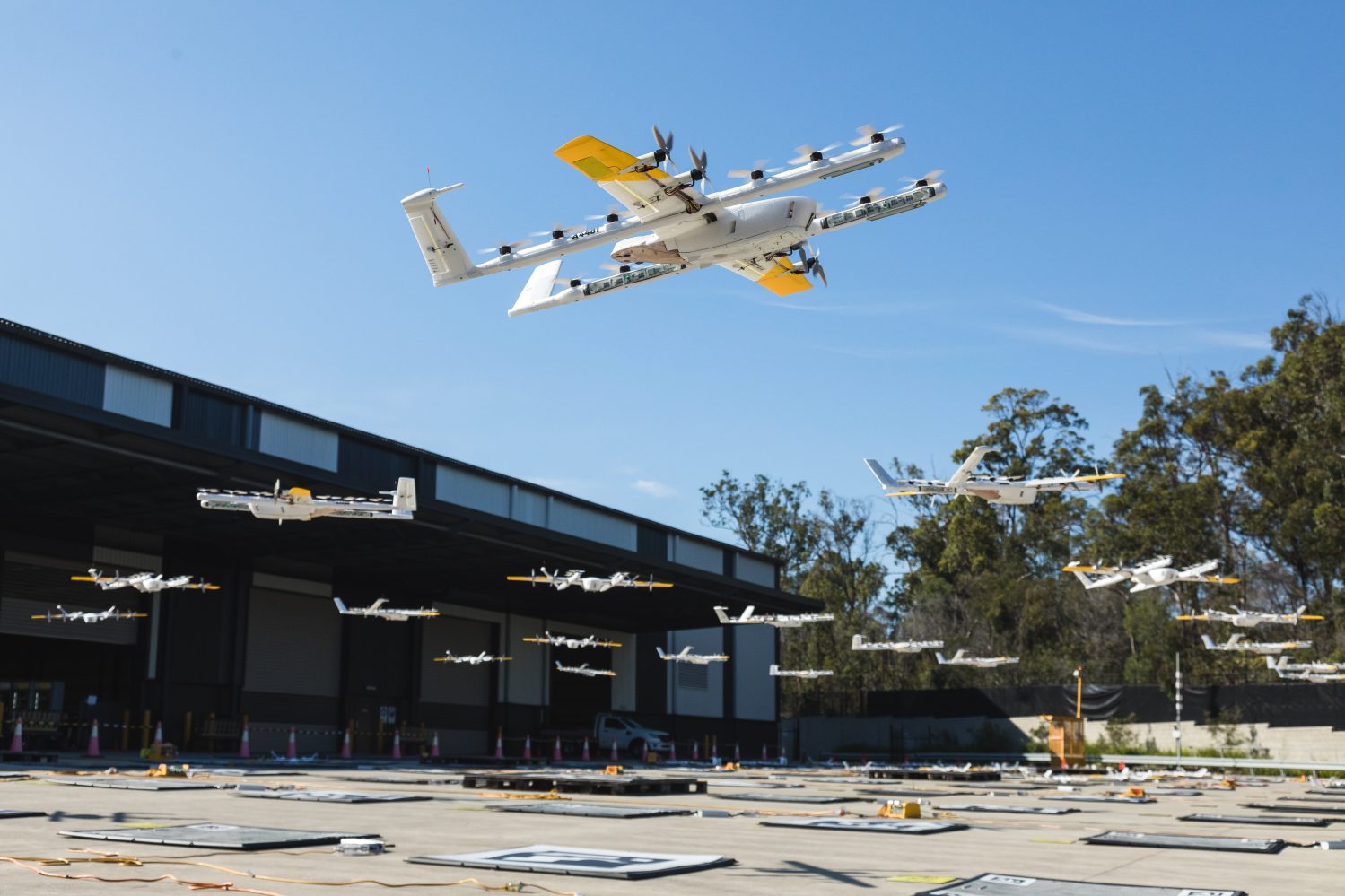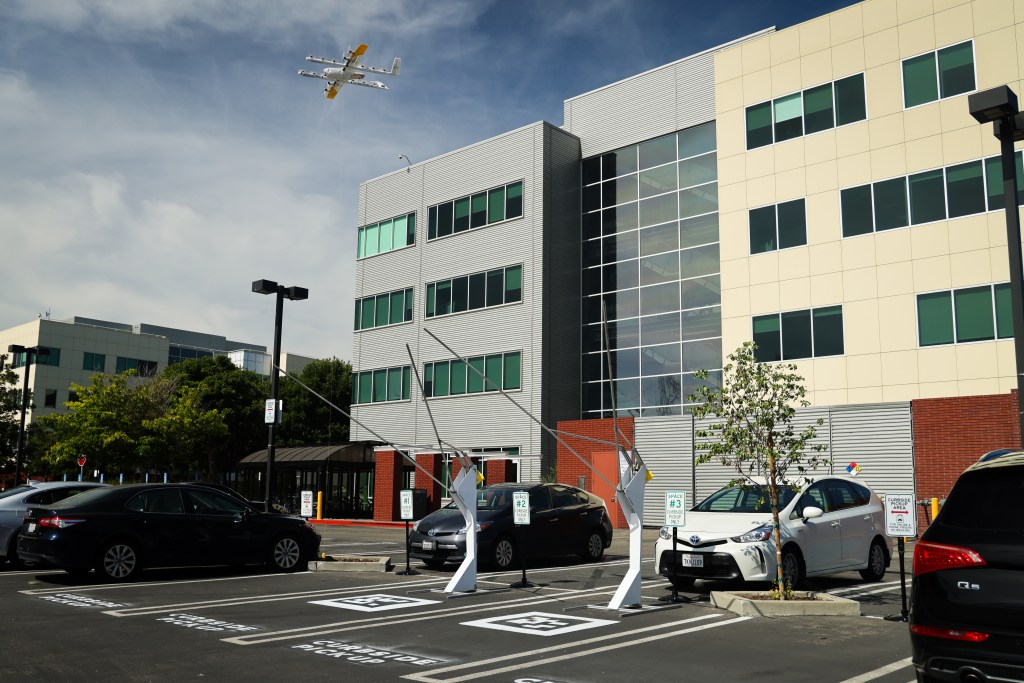
Google’s corporate cousin Wing Aviation has repeatedly innovated its methods of organizing and operating UAV transport of ordered goods between retailers and customers. Now it’s taking that to another level by devising reactive, pragmatic, and automated networks of delivery drones whose flexibility and increased efficiencies are what the company thinks will be key to massively scaling the activity.
Today the company unveiled its Wing Delivery Network system, which completely re-thinks the way drone transport services have been structured up until now. Rather than continuing to operate those as point-to-point shuttles between flight centers and customers’ homes – and back again – Wing will instead oversee a fluid approach that allows its UAVs to act more like taxis or cars in ride-sharing apps by responding and providing service to clients they are nearest to.
By enabling that kind of reactive roaming, recharging, and redeployment from whatever Wing hub receiving new orders happens to be the closest, the company believes it has created a plan for faster response times, better service, and the kind of synergetic networking required to provide entire urban areas with drone delivery coverage.
“Drones within the Wing Delivery Network can pick up, drop off, travel, and charge in whatever pattern makes the most sense for the entire system,” says Wing CEO Adam Woodworth. “For example, with multiple charging spots, they’ll have the flexibility to meet peaks in consumer demand across entire cities. Pad locations can be added simply, with the aircraft themselves used as the surveying tools to update and expand the network.”
Read: Wing offers a peek of its drone delivery remote command centers
Wing previously innovated its drone delivery model by setting up flight centers aside retail partners, serving several clients at once by operating from rooftop malls, and even partnering with commercial property companies to organize drone deliveries from unused spaces in strategic urban locations.
Introduction of the Wing Delivery Network, however, aims to be the drone transportation equivalent to the airline industry switching previous city-to-city route strategies to the spoke-and-hub structure a half century ago, which helped ignite an explosion in passenger volumes
“By the middle of 2024, we expect our system to be capable of handling millions of deliveries for millions of consumers at a lower cost per delivery than ground transportation can achieve for fast delivery of small packages,” Woodworth says.
Read: Wing’s PR-minded demonstration drone deliveries in Ireland launches as promised
But to make that automated expansion of drone delivery possible, Wing is also rolling out an additional innovation: the Autoloader. The device is designed to do for UAVs what Covid-19-inspired curbside pickup services have done for supermarkets, restaurants, and myriad retailers by making the order/fulfillment process faster and easier.

The units allow employees to prepare orders as they come in, then hang them from the Autoloader and go on to other tasks while the nearest drone in the Wing network arrives. Once above the machine, the UAV lowers its delivery chord into a feeder mechanism that attaches it to the hanging flight container, which is in turn winched up to the UAV for transport to the client.
The invention says Woodward, fits into the free-flowing operation of Wings UAV fleets to create a better, quicker, and broader overall operation.
“Wing Delivery Network’s automation makes it very easy to deploy and maintain,” he adds. “For businesses and other organizations, building drone delivery into the last mile can be as simple as ordering drones, turning them on, and letting them connect to the network.”
FTC: We use income earning auto affiliate links. More.



Comments